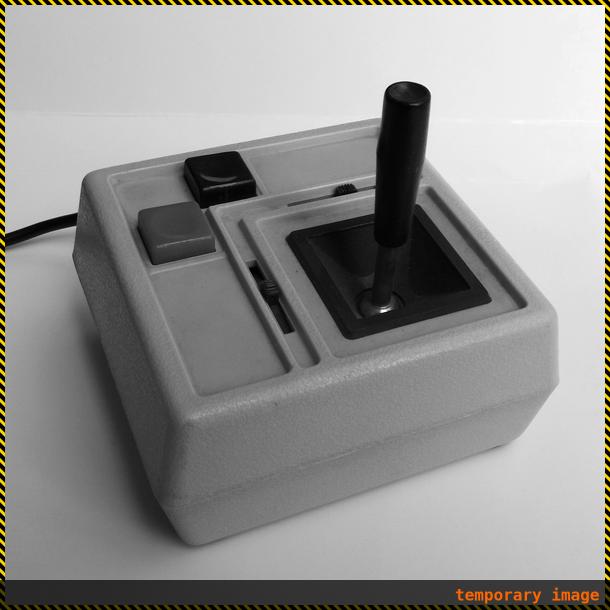Temperature Control PID

Why PID is Important
PID is crucial for stable temperature control.
Without PID, a simple way to control temperature would be:
- If temperature too cold, turn heater on
- If temperature too hot, turn heater off
But there is a big problem with that method.
Due to temperature not traveling instantly from the heater to the thermistor, when the thermistor reads a given temperature, the heater is already hotter than what the thermistor reads.
This overshooting is something we do not want.
It means reaching temperatures that could be undesirable, and it means you will not be able to correctly stabilize the temperature.
What is PID?
The solution to this is PID.
It uses some math, allowing us to correct those problems by turning the heater on and off in a smarter sequence.
PID stands for:
- Proportional - Responds to current error
- Integral - Responds to accumulated error over time
- Derivative - Responds to rate of change of error
Configuring PID Values
The P, I, and D factors are configured in your config file as follows:
V1 Configuration:
temperature_control.hotend.p_factor 100
temperature_control.hotend.i_factor 0.1
temperature_control.hotend.d_factor 100
V2 Configuration:
[temperature control]
hotend.p_factor = 100
hotend.i_factor = 0.1
hotend.d_factor = 100
Finding the Right Values
The really tricky thing is to find the right values for these 3 factors.
The default ones are most probably wrong for your setup.
So unless you have been given those values with your hardware, or you are a PID grand-master, you will need some help finding the optimal values.
PID Auto-Tuning
To auto-tune your PID values:
- Start the auto-tune process:
M303 E0 S200E0 specifies the hotend (useE1 ,E2 , etc. for other extruders)S200 is the target temperature (adjust to your typical printing temperature)
-
Wait for completion - The process will take several minutes as it cycles the heater and measures response
-
Review the results - The auto-tune will output the calculated PID values
-
Update your config - Add the new values to your config file
- Test - Heat to your target temperature and verify stability
Manual PID Tuning
If auto-tuning doesn’t work well for your setup, you can manually tune:
Starting Values
Begin with conservative values:
V1 Configuration:
p_factor = 100
i_factor = 0.1
d_factor = 100
V2 Configuration:
[temperature control]
hotend.p_factor = 100
hotend.i_factor = 0.1
hotend.d_factor = 100
Tuning Process
- Adjust P first:
- Too low: Slow to reach temperature, large oscillations
- Too high: Fast oscillations, unstable
- Then adjust I:
- Too low: Won’t eliminate steady-state error
- Too high: Overshoots, slow to stabilize
- Finally adjust D:
- Too low: More overshoot
- Too high: Very sensitive, noisy
Different Heater Types
Different heater configurations may require different tuning approaches:
High-Power Heaters
High-power heaters (like cartridge heaters) may need:
- Lower P values
- Higher D values
- Faster response times
Low-Power Heaters
Low-power heaters (like resistive wire) may need:
- Higher P values
- More integral action
- Slower response tuning
Heated Beds
Heated beds typically need:
- Much lower P values due to large thermal mass
- More integral action for steady-state
- Lower D values due to slow thermal response
Troubleshooting PID Issues
Temperature Oscillates
Symptom: Temperature swings up and down around target
Solutions:
- Reduce P factor
- Increase D factor
- Check for good thermal coupling between heater and thermistor
Slow to Reach Temperature
Symptom: Takes a long time to heat up
Solutions:
- Increase P factor
- Check PWM frequency settings
- Verify heater power is adequate
Overshoots Temperature
Symptom: Temperature goes past target then settles
Solutions:
- Reduce P factor
- Increase D factor
- Reduce I factor
Won’t Stabilize
Symptom: Can’t maintain steady temperature
Solutions:
- Increase I factor slightly
- Check for environmental factors (drafts, etc.)
- Verify thermistor is working correctly
Advanced Configuration
PWM Frequency
The PWM frequency can affect PID performance:
V1 Configuration:
temperature_control.hotend.pwm_frequency 1000
V2 Configuration:
[temperature control]
hotend.pwm_frequency = 1000
Higher frequencies (1000-4000 Hz) are typically better for solid-state relays and MOSFETs.
Bang-Bang Mode
For very simple setups, you can disable PID entirely:
V1 Configuration:
temperature_control.hotend.bang_bang true
V2 Configuration:
[temperature control]
hotend.bang_bang = true
This uses simple on/off control. Not recommended for most applications.
Further Reading
- Temperature Control module documentation
- Thermistor configuration
- Heater configuration
M303 G-code documentation (see supported G-codes)
Safety Notes
- Never leave heaters unattended during PID tuning
- Ensure thermal runaway protection is enabled
- Monitor temperatures closely during tuning
- Have a fire extinguisher nearby
- Stop immediately if anything seems wrong